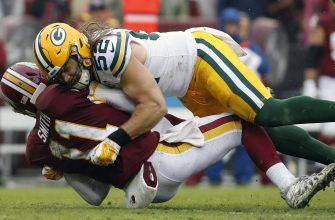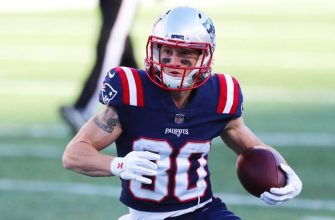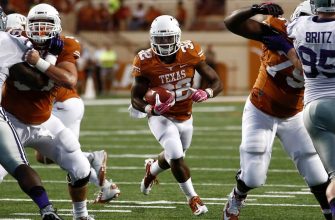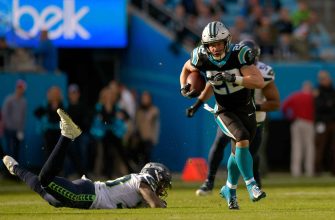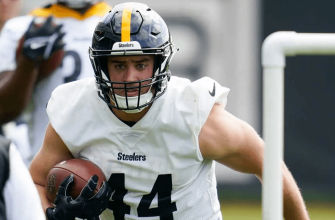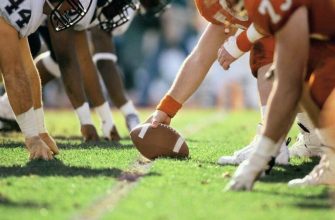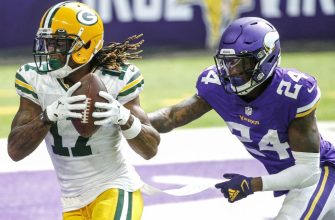GLD is an abbreviation or acronym that is commonly used in football play calling and terminology. It stands for “Go Long Deep” and refers to a type of passing play where the wide receiver runs a deep route, usually straight down the field.
The quarterback attempts to throw a long pass to the receiver to try and complete a big play for a touchdown. GLD is considered an aggressive and risky passing play since it relies on the quarterback having enough time in the pocket and the receiver being able to beat the defensive coverage. When successful, however, GLD can lead to game-changing, exciting plays.
History of GLD
The GLD abbreviation first emerged in American football in the late 1800s as a shorthand term for “general line of defense”. At the time, American football was still evolving from rugby and soccer, with new rules and positions being introduced. The first documented college football game was played between Princeton and Rutgers in 1869.
As strategies developed, coaches began referring to the defensive line collectively as the “GLD” to simplify instructions. Rather than naming each individual position, coaches could direct the entire line to shift or adjust by calling out “GLD.” This allowed faster adjustments before the snap. The origins of the GLD terminology are uncertain, but it became widespread among college teams by the 1890s.
Initially, the GLD referred to the defensive linemen playing closest to the line of scrimmage. Their main role was to stop runs and block the offense. Over time, as football strategies evolved, the meaning of GLD expanded to include both defensive linemen and linebackers as the key run stoppers for a defense. Regardless of its exact composition, the GLD has remained an important football shorthand for a team’s front line of defense.
What GLD Stands For

GLD stands for “Go Long Deep.” It is an offensive play call in American football that instructs wide receivers to run deep down the field on long pass routes.
The goal of calling a GLD play is for the quarterback to have time in the pocket to throw a long, deep pass to a receiver who has sprinted past the defensive secondary. If executed properly, it can result in a quick touchdown via a long bomb.
The GLD acronym tells the wide receivers to “Go Long Deep” on their routes instead of running shorter crossing or out routes. It signals them to sprint straight down the field as fast as they can in order to get behind the defenders for a potential big play and score.
How GLD is Used
GLD stands for “Go Long Deep” and is a common play call in football, particularly at the high school and college levels. It instructs the quarterback and receivers to run a deep passing play down the field. The purpose of GLD is to have receivers run deep routes, usually 15+ yards downfield, in order to stretch the defense vertically and open up space underneath for other receivers running shorter routes.
There are several common usages of GLD in plays:
-
As a quick-hitting deep shot when the defense is playing tight coverage near the line of scrimmage. The GLD exploits the lack of safety help over the top.
-
To clear out space underneath for crossing routes, drags, or screens in the flat. The deep routes pull defenders away and create openings.
-
When a blitz is expected, GLD beats the pressure by attacking downfield before the pass rush develops.
-
Against soft zone coverage that gives large cushions to receivers, GLD takes advantage of the open space deep.
-
On play-action, GLD complements the run fake by forcing safeties to respect the deep ball. This opens up the middle of the field.
-
In two-minute and hurry-up situations, GLD beats the prevent defense and stops the clock with a big chunk play.
Coaches typically call GLD when they want to take a vertical shot downfield and challenge the defense over the top. The deep routes demand safety help and create opportunities underneath 1. GLD remains one of the most common and effective vertical stretch play calls.
Offensive vs. Defensive GLD
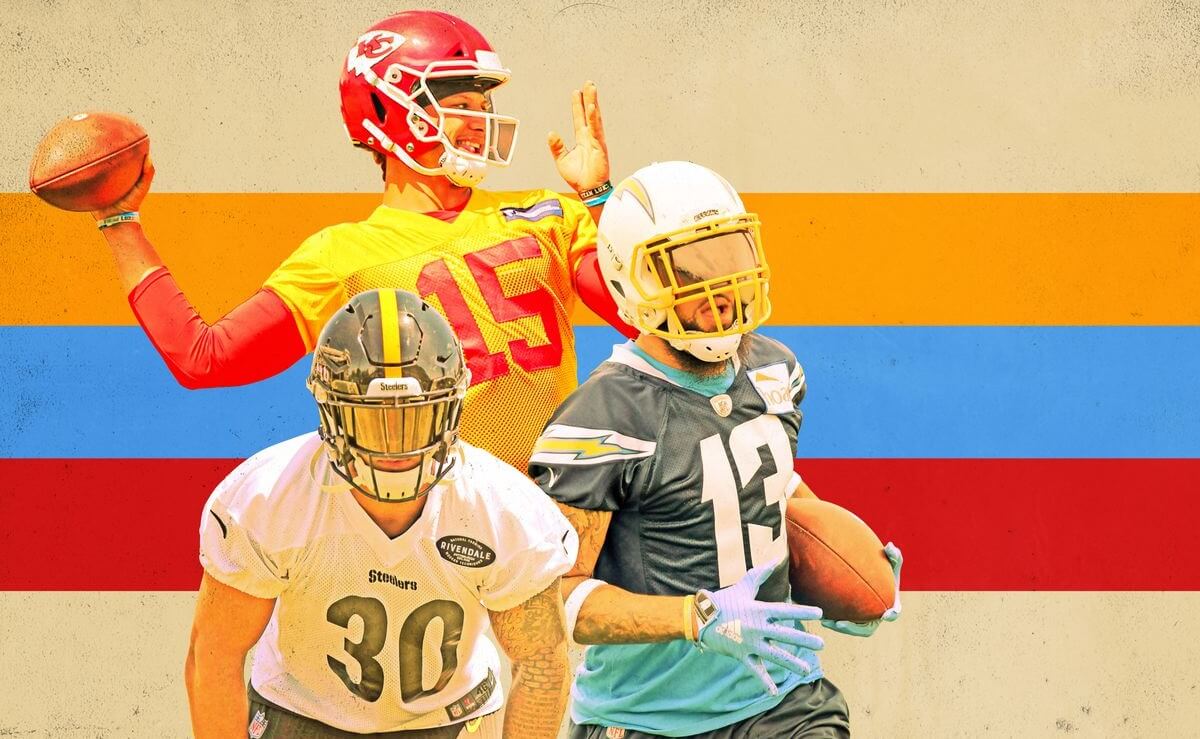
Offensive and defensive teams utilize the GLD formation differently based on their objectives. On offense, the goal is to advance the ball downfield and score points. The GLD allows offenses to have extra blockers on running plays while still presenting a passing threat.
On defense, the priority is preventing the opposing team from scoring. The GLD enables defenses to disguise their intentions pre-snap and bring unpredictable blitzes and coverages. Defensive coordinators use GLD looks to confuse offenses and force mistakes like turnovers and negative plays.
Overall, offensive GLD focuses on deception and versatility in the run game while defensive GLD aims to disrupt offenses with disguised schemes and athleticism. The same personnel grouping serves distinct strategic purposes for each side of the ball.
GLD Variations
There are several variations of the GLD formation that teams can utilize depending on the game situation or matchup. Some common GLD variations include GLD Strong, GLD Weak, and GLD Over.
GLD Strong refers to shifting the defensive line and linebackers to the strong side of the offensive formation. This puts more defenders on the side where the tight end lines up, which is usually the strong side. It helps defend against the run to that side.
GLD Weak does the opposite, shifting more defenders to the weak side of the offense away from the tight end. This can help against outside runs, sweeps, and bootleg passes to the weak side.
GLD Over loads up defenders on one side of the center, either strong or weak. This brings extra pressure from that side when blitzing. The drawback is it leaves fewer defenders on the backside.
Coaches will choose the best GLD variation based on scouted tendencies of that week’s opponent. Disguising the specific GLD used pre-snap also helps confuse the offense. Mastering these variations expands a defense’s options when using the base GLD formation.
Importance of GLD
GLD is a key football term that refers to “Go Long Deep”, meaning a receiver should run a long, deep route down the field.
This route is important for several reasons:
-
It can lead to big plays and lots of yards if the receiver gets open downfield. Quarterbacks will often call for a GLD route when they need a quick score late in a game.
-
It stresses the defense and forces defensive backs to cover more ground. If a receiver has the speed to get deep, the safety usually has to shade over to help, opening up space for other receivers.
-
It provides a “home run” opportunity on any given play. Even if the odds are low, the receiver always has a chance to break free for a long touchdown on a GLD route.
-
Deep passes keep the defense honest. If an offense never attempts deep balls, the defense can crowd the short routes. The threat of a GLD keeps defenses from loading up against underneath passes.
In summary, the GLD route is a key part of an NFL offense’s arsenal. It provides big play ability while also opening up options for other receivers. This versatility and potential for excitement on any given play makes GLD an important football term.
Famous GLD Plays
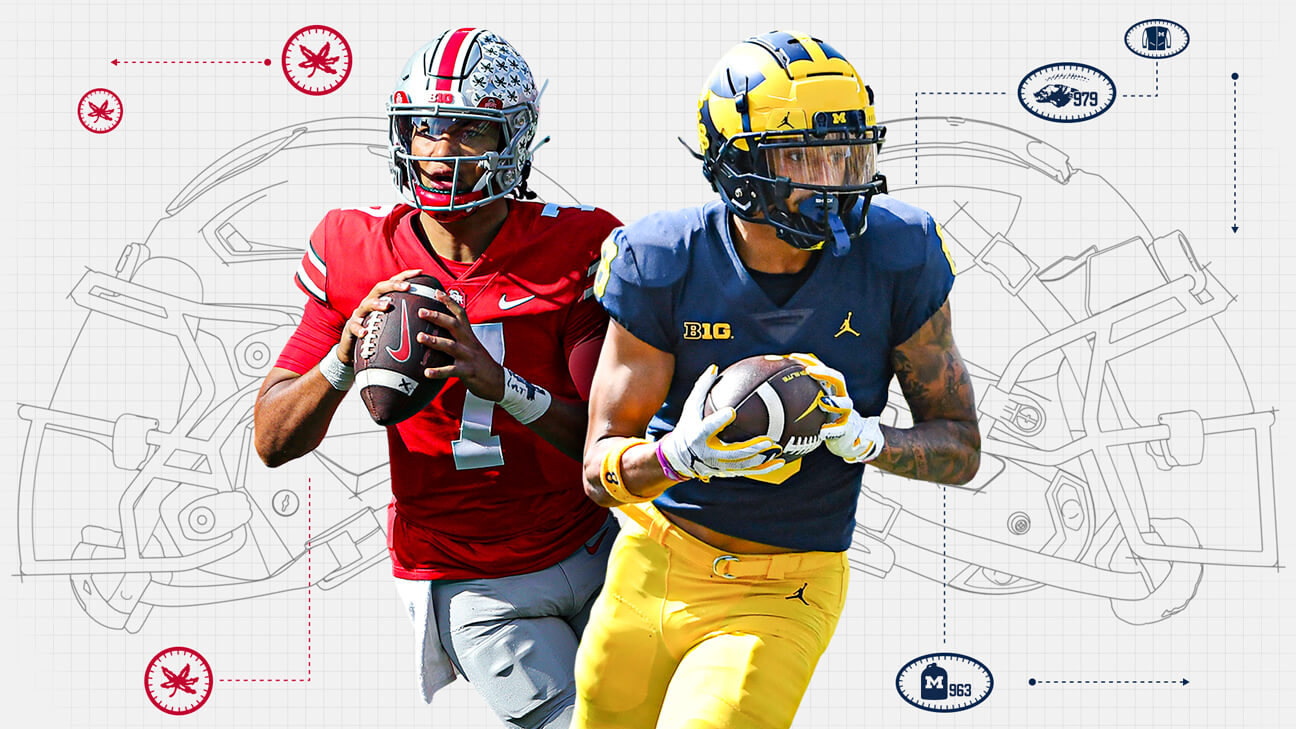
The GLD (guard-lineman-down) formation has produced some of the most memorable and dramatic plays in football history. Coaches reach into their GLD playbook when they need to catch the defense off guard and pull off a big play.
One of the most famous GLD plays occurred in Super Bowl XLII in 2008. The New York Giants trailed the heavily favored New England Patriots 14-10 late in the 4th quarter. On 3rd and 5 from their own 44-yard line, the Giants ran a play called “Y-Sail” out of a 3-TE GLD formation. Quarterback Eli Manning evaded multiple pass rushers and heaved the ball downfield to David Tyree, who pinned the ball against his helmet for a miraculous 32-yard completion. This stunning play set up the Giants’ game-winning touchdown and derailed the Patriots’ quest for a perfect 19-0 season.
GLD formations also produced two of the most famous trick plays in college football history. In the 2006 Michigan State vs. Notre Dame game, MSU ran the “Little Giants” fake field goal out of a GLD formation for a game-winning touchdown. And in the 2007 Fiesta Bowl, Boise State used a hook-and-lateral (“Circus”) play from a GLD set to score the game-tying touchdown against Oklahoma in the final seconds.
When executed properly, the GLD formation allows offenses to catch defenses off guard and hit them with quick-strike touchdowns and big plays at key moments. The success of GLD in high-leverage situations shows why it remains a staple of every coach’s playbook.
Common Mistakes with GLD
One of the most common mistakes when executing a GLD play is using it at the wrong time. GLD plays are most effective as a surprise or trick play to catch the defense off guard. If overused, defenses will start to expect it and take measures to counter it. Coaches should save GLD plays for key moments when the opposing defense is not prepared.
Another mistake is not practicing and perfecting the timing of the play. The quarterback needs to sell the fake handoff convincingly, while the receivers need to time their routes perfectly to get open downfield before the defense recovers. A poorly executed GLD often results in a broken play with no gain or even a turnover. Coaches should devote ample practice time to ensure players understand their assignments and get the timing right.
It’s also a mistake to use a GLD play when the personnel on the field isn’t suited for it. GLD plays require a mobile quarterback along with fast, athletic receivers who can get downfield quickly. Using slower players in the wrong roles will allow the defense time to react and blow up the play. Coaches need to put the right athletes in position to maximize the effectiveness of the trickery.
Conclusion
GLD is an important football term that refers to “greatest living Dutchman”. It originated from legendary football manager Rinus Michels and his development of Total Football in the 1970s.
The GLD player is given the freedom to roam the field, acting as an offensive playmaker one moment and tracking back on defense the next. They exemplify the fluid, dynamic style of play Michels championed with Ajax and the Netherlands national team.
While the definition has expanded over the years, GLD remains shorthand for a creative, versatile player who can influence the game in all areas of the pitch. The legends who have earned the GLD distinction share an ability to see openings and make split-second decisions that can unlock defenses.
When utilized correctly, the GLD creates goal-scoring chances and provides a critical tactical edge. Their presence alone alters the complexion of a match. While finding the right player and applying GLD effectively poses challenges, the rewards can be immense.


